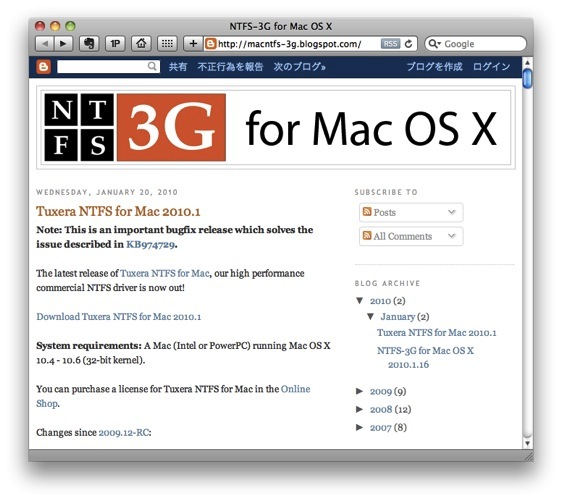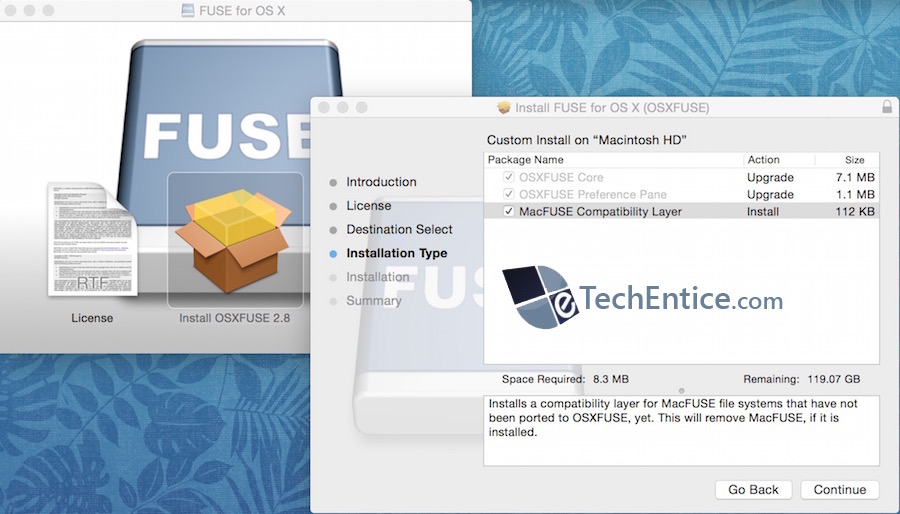

- #NTFS FOR MAC OS X 10.6.8 DRIVERS#
- #NTFS FOR MAC OS X 10.6.8 SOFTWARE#
- #NTFS FOR MAC OS X 10.6.8 WINDOWS 8#
- #NTFS FOR MAC OS X 10.6.8 WINDOWS#
I would have chosen a different phrase as it has been a total disaster as they discontinued the server hardware around the same time. "Created a lot of issues" how very polite of you. I would second Toby's comment about upgrading to Mavericks, it will not fix the problem, but if you went back to 10.5 it might. Until Apple can play in the business world better than it does it will continue to be an IT pain. There are other sharing options too depending on the host system, you could setup an NFS share or something similar that Apple does more natively in order to simply the problem.

The other issue i've seen is having to force feed the domain login like so: otherwise it can lead to login issues. I've seen this fixed using FAT32 partitions to host the share as it removes the NTFS security that can cause some issues.
#NTFS FOR MAC OS X 10.6.8 WINDOWS#


But this was a Mac formatted partition to begin with. Formatting the drive wiped out the file table.
#NTFS FOR MAC OS X 10.6.8 SOFTWARE#
Typical Windows recovery software depends on the file table to determine what files are on the drive and where to recover them from. Ouch! It's odd that the mistakenly formatted drive won't show on the desktop. It's okay to use exFAT on external drives since you can get the original data again from an NTFS drive if the external exFAT drive is having trouble." Use NTFS, which is known to be stable and reliable. So Microsoft's thinking is probably something like this "Don't use exFAT on an internal drive. In other words, it's still a work in progress. To make sense of why MS would cut off the use of exFAT for internal hard drives, it has to be understood that exFAT still doesn't have a final specification.
#NTFS FOR MAC OS X 10.6.8 DRIVERS#
The whole purpose of exFAT was to allow easy transfer of large files between platforms in a format that didn't require third party drivers on either the Mac or Windows to read the drive. You can still format any type of external drive that way (hard drive, USB drives).
#NTFS FOR MAC OS X 10.6.8 WINDOWS 8#
What MS did was make a change in Windows 8 so that you cannot format an internal drive as exFAT. I looked again myself and found out this is not the case. Normally very accurate in their statements, so I assumed them to be correct. Kurt, what is your reference for saying that MS has dropped development for exFAT?


 0 kommentar(er)
0 kommentar(er)
